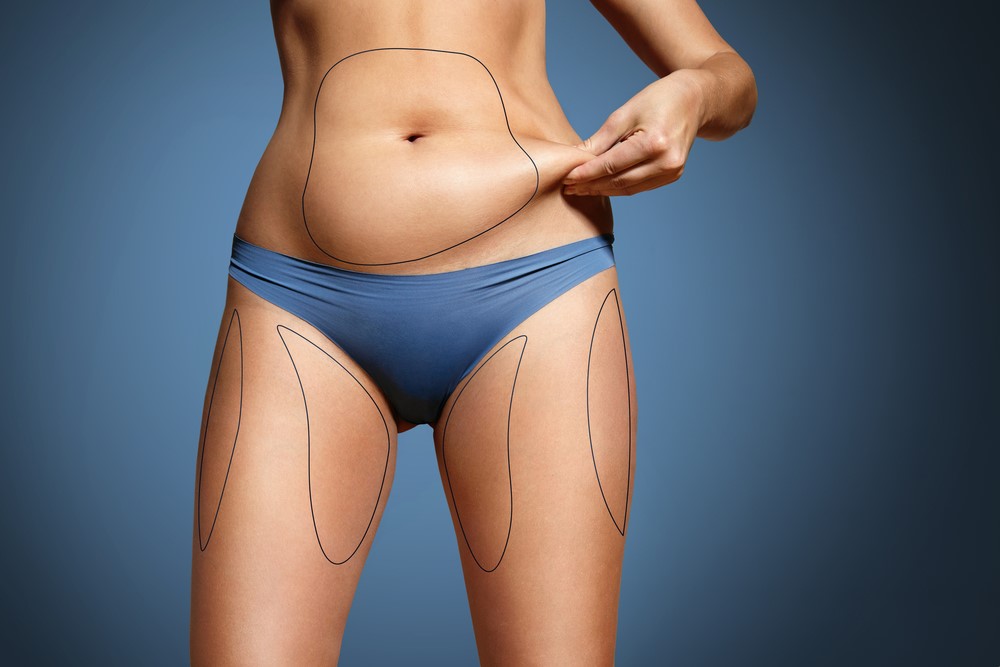Liposuction recovery : Even though liposuction is a relatively safe surgical procedure that can help remove stubborn fat pockets from the body, it still needs care and attention to ensure a full recovery. Making the recovery process easier is knowing what to anticipate after surgery.
Table of Contents
ToggleIn this article we will discuss:
- First things first
- The recovery process
- First three days of recovery
- Weeks 1-2
- Weeks 3-5
- Weeks six and later
- Recovery tips
- How painful is recovery from liposuction?
- Final words
- FAQ
First things first:
First and foremost, speaking with a board-certified plastic surgeon is crucial. An experienced surgeon will be able to give you a more specific idea of how well liposuction will work for you and what kind of recovery process to anticipate during a personalized consultation.
Second, you should be aware that everyone’s path to recovery is unique. Your age, general health, and medical history are all variables that affect how quickly you recover. It’s crucial to allow your body to recover at its own rate.
Finally, when having liposuction, you should have reasonable expectations. When used to help achieve specific aesthetic goals, it can be incredibly transformative, but talking with a reputable, board-certified plastic surgeon about your goals will help you understand how practical liposuction is for achieving those goals.
The recovery process:
A significant amount of fat may need to be removed; in which case you might need to spend the night in the hospital for observation. This procedure is typically performed as an outpatient, meaning you can return home the same day.
Regardless of whether you have to spend the night, you will need a ride home once you’re given the all-clear. It is unsafe for you to operate a vehicle because you will be sore and possibly still be experiencing the effects of the anesthesia or painkillers.
First three days of liposuction recovery:
You will have been given elastic bandages or a compression garment by your surgeon to wrap around the affected areas. These should be worn religiously as they aid in reducing swelling and shaping your body to its new shape. Small drains may also be inserted at the surgical sites. These stop fluid from accumulating around the wounds, which could delay healing. Your surgeon will explain to you in detail how to take care of these drains and how long you will need to keep them in if you have them.
You can anticipate some mild pain and soreness in the initial stages of recovery. To help you manage this discomfort, your surgeon will have prescribed pain medication. Make sure to stick to your medication schedule.You should also make a plan to be less active during this time. Your compression clothing may limit some of your movements, but it’s also crucial to avoid doing anything unneeded. For these few days, it is advised that you enlist help around the house, especially if you have young children.
Weeks 1-2 of liposuction recovery :
You will probably experience a significant reduction in pain and soreness in the week or two following your procedure after the initial few days of total rest and moderate pain. Most people are able to go back to work after two weeks, but if your job is particularly physically demanding, you might want to plan for more time off. During this time, you must continue to wear your compression clothing.
Weeks 3-5 of liposuction recovery:
Patients typically stop experiencing pain or soreness after one month. Swelling might still be present, but this is normal. It may take several months for swelling to fully go away. You’ll probably start to notice tangible results at this point as well. Remember that as the swelling and bruising heal, your results will get better. Most people can resume light exercise after about four weeks, but heavy or strenuous activity should still be avoided.
Weeks six and later:
The majority of bruising and swelling should have gone down by the six-week mark, but some people may still experience some lingering swelling. At this point, you probably won’t need your compression clothing, and unless your doctor specifies otherwise, you won’t need to limit your activity levels. You should be able to see the full extent of your liposuction results by this time.
Liposuction recovery tips:
The natural healing process of your body should not be hurried, but there are some things you can do to aid it.
Eat healthfully

Surgery is hard on your body, even if you’re in good health. A proper diet is necessary for healing. Since you probably won’t feel like cooking before surgery, prepare some healthy meals in advance. Eat healthfully and frequently. Increase your intake of fresh fruits and vegetables to promote healing and reduce inflammation.
Keep hydrated.
After surgery, drink a lot of broth and water. The key to a successful recovery is hydration. If you want a change, you can add fresh fruit to your water.
Take a break.
The best way to aid your body’s recovery in the initial weeks after surgery is to take it easy and get plenty of rest. You might feel the urge to continue your gym consistency or getting back on track regarding your work, but it’s recommended to take some time off for a speedy recovery.
Go for a walk
While it is not advised to exercise while you are recovering, light movement can actually hasten the healing process. Short walks are a great way to get moving without putting too much stress on your body, if you feel up to it.
Seek assistance
When it’s feasible, enlist the aid of a friend or family member for tasks like cleaning, looking after young children, or running errands. Following surgery, you probably won’t be able to pick up your kids for a few weeks, and having a busy schedule of errands will exhaust you.
How painful is recovery from liposuction?
You can anticipate some mild pain and soreness in the initial stages of recovery. To help you manage this discomfort, your surgeon will have prescribed pain medication. Make sure to stick to your medication schedule. You should also make a plan to be less active during this time.
Final words about liposuction recovery:

Every day, a lot of people battle excess body fat. In order to achieve the desired body contour, liposuction is frequently a good choice when a healthy diet and exercise are unable to eliminate fat bulges. Targets for liposuction include the thighs, hips, and abdominal region.
Unfortunately, some men and women may have inflated expectations for their liposuction procedure, and when their desired outcomes are delayed, they frequently believe that the procedure was unsuccessful. You can achieve the desired results by being aware of what to anticipate following the procedure and adhering to your plastic surgeon’s after-care instructions.
For a lot of people, liposuction can change their lives. It can be a great way to increase your self-assurance and make you feel better about the way you look. You can enjoy the journey to a slimmer, more contoured body and make a better decision to undergo liposuction if you are aware of what to anticipate during the recovery.

